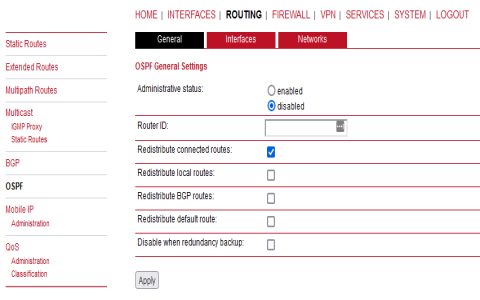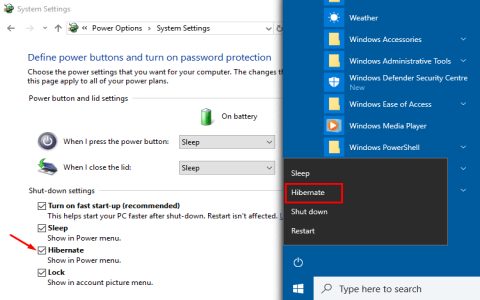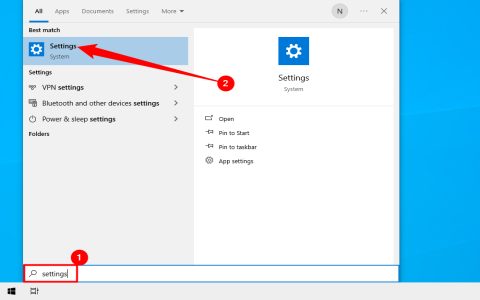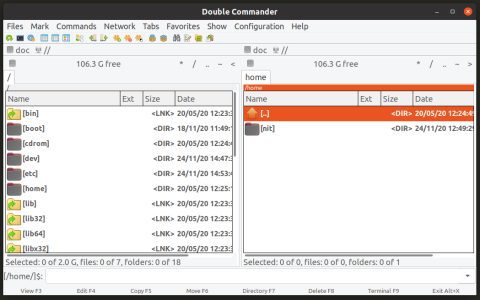FBI surveillance vans, often colloquially referred to as "Stingray vans" after a common device brand, utilize specialized equipment known as IMSI catchers (International Mobile Subscriber Identity) or cell-site simulators. These devices mimic legitimate cell towers, forcing nearby mobile devices (phones, tablets, mobile hotspots) to connect to them. Once connected, the van can capture unique device identifiers (IMSI, IMEI) and potentially metadata about communications (like which numbers are called/received).
Capabilities and Limitations Regarding Wi-Fi
- Primarily Target Cellular Signals: The core function is intercepting cellular radio signals (2G, 3G, 4G LTE, potentially 5G with specific tools).
- Can Intercept Mobile Wi-Fi Data: If a device is using its cellular data connection to create a mobile Wi-Fi hotspot, the van could potentially capture the data transmitted over that hotspot connection (internet traffic, emails, messages – IF not encrypted).
- Cannot Directly Crack Secured Wi-Fi Networks: They cannot remotely crack the password (WPA2, WPA3) of your secured home or office Wi-Fi network from the van. Accessing these requires different techniques (like close proximity attacks, compromised devices inside the network, or warrants for ISP records).
- May Detect Wi-Fi Signals: Some advanced systems might have co-located Wi-Fi sensors capable of detecting the presence of Wi-Fi access points (SSIDs, MAC addresses) and associated devices within range, but not necessarily decrypting secure communications.
Privacy Concerns and Legal Framework
The use of Stingray technology raises significant privacy concerns:
- Mass Data Collection: Sweeps capture data from all devices within range, not just the specific target, infringing on bystanders' privacy.
- Potential Content Interception: While primarily capturing metadata, unsecured communications transmitted over captured mobile connections (like unencrypted web traffic from a hotspot) could be intercepted.
- Historical Secrecy: Law enforcement agencies have often been secretive about using Stingrays and sought to conceal their deployment in court filings.
The legal landscape is evolving:
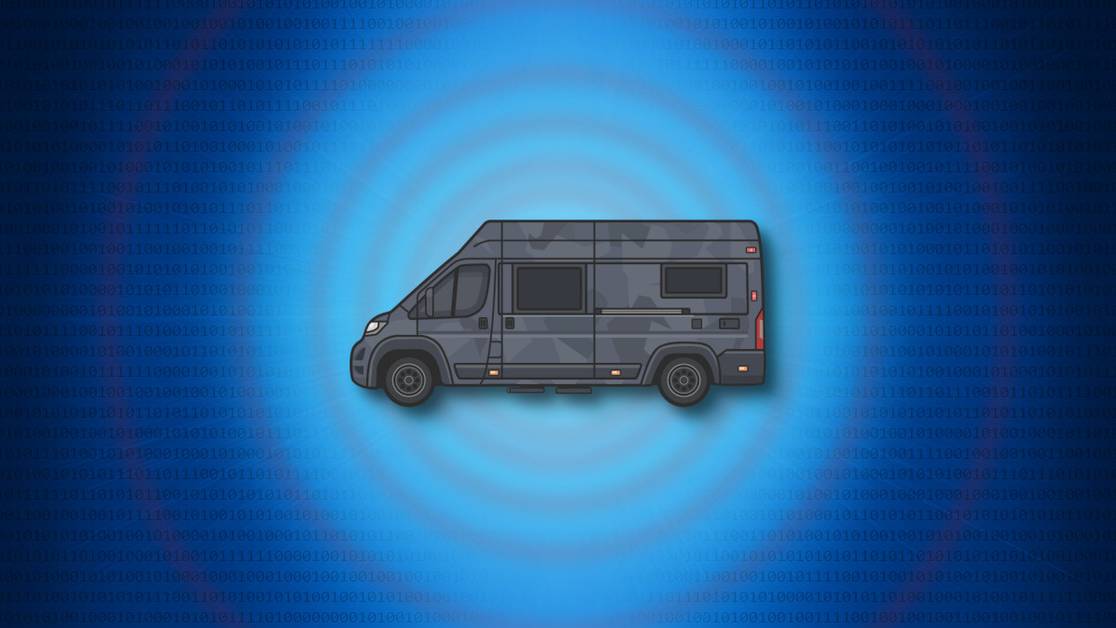
- Court Orders Required, but Level Varies: Agencies generally require court authorization. The required level (pen register/trap and trace vs. full search warrant) has been debated and varies by jurisdiction.
- Carpenter v. United States Impact: The Supreme Court ruling (2018) established that obtaining historical cell-site location information (CSLI) over an extended period constitutes a Fourth Amendment search requiring a warrant. This strengthens arguments that real-time tracking, especially intrusive tracking via Stingrays capturing location and IDs, should also require a warrant based on probable cause.
- State Laws Vary: Some states have enacted specific laws requiring warrants for Stingray use.
Protecting Your Privacy
While no single method guarantees absolute security against state-level actors, these steps enhance protection:
- Use HTTPS / SSL: Ensure websites use "https://". This encrypts traffic between your browser and the website, making intercepted data unreadable.
- Use a Reputable 加速器: A 加速器 encrypts all internet traffic leaving your device, protecting it from interception on untrusted networks (including vulnerable hotspots).
- Keep Wi-Fi Turned Off When Not in Use: Prevents your device from broadcasting and potentially connecting to rogue networks.
- Disable Mobile Hotspots Unless Needed: Minimize the time your phone broadcasts a potentially vulnerable Wi-Fi network.
- Utilize Encrypted Messaging Apps: Services offering end-to-end encryption (E2EE) protect message content from interception.
- Keep Software Updated: Patches fix security vulnerabilities attackers (or surveillance tools exploiting weaknesses) might use.
FBI Wi-Fi surveillance via vans leverages cellular interception capabilities that can impact mobile Wi-Fi hotspots. While not omnipotent, their use represents a powerful surveillance tool requiring strong encryption and awareness for privacy protection within legal boundaries.






